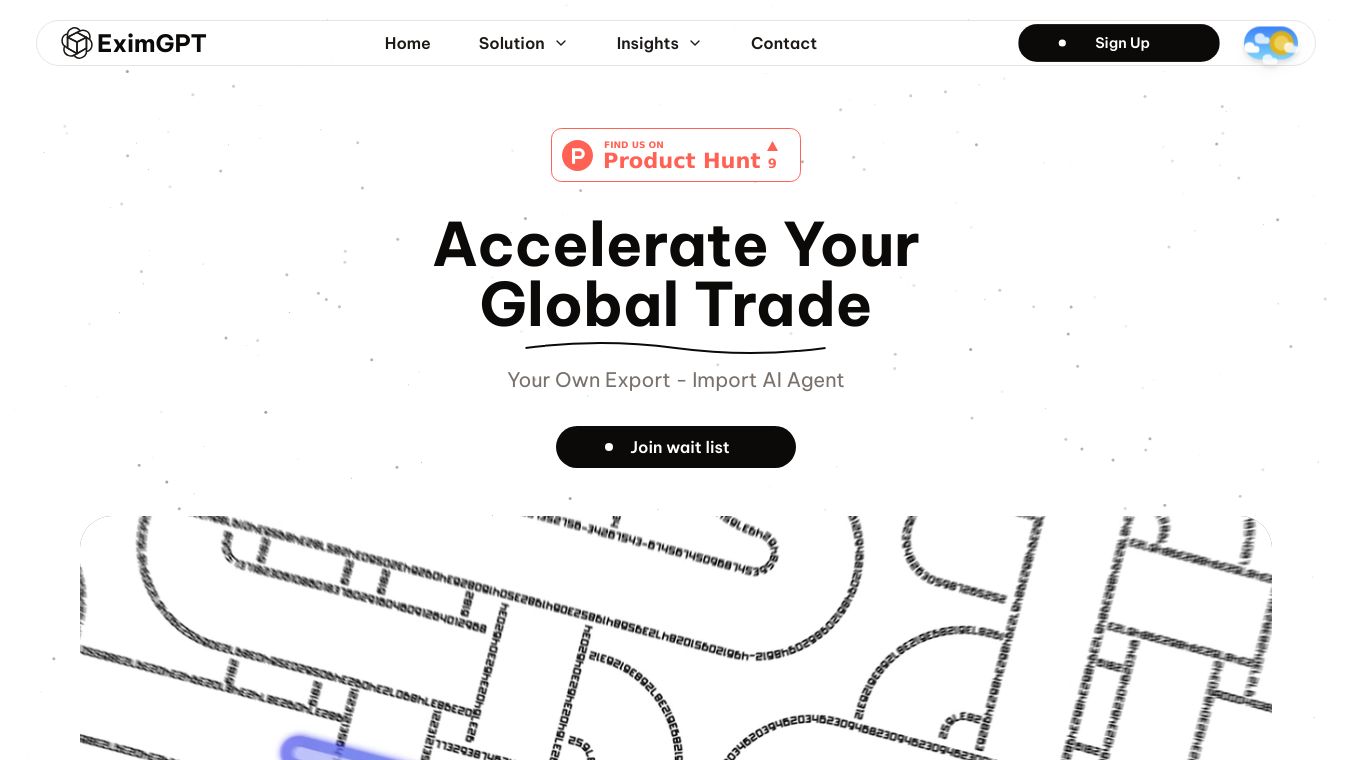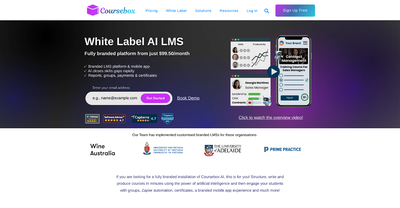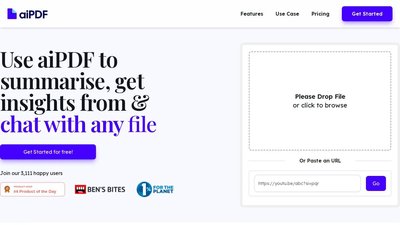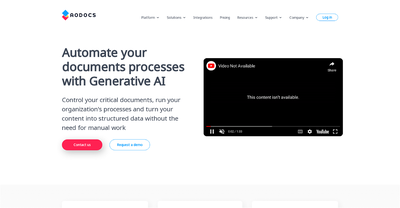EximGPT

Exporting clothes to France means following some important rules and standards. The European Union (EU) has set strict labeling rules to keep consumers safe, promote transparency, and protect the environment. Let''s talk about the labeling rules for exporting clothes to France, focusing on the legal framework, specific labeling elements, and compliance strategies for exporters.
Legal Framework
The legal framework for apparel labeling in France is mainly based on EU regulations. These include the General Product Safety Directive and the EU Regulation on Textile Fiber Names. These regulations aim to protect consumers and ensure that products meet safety standards.
General Product Safety Directive
The General Product Safety Directive states that all products, including clothes, must be safe for consumers. This directive requires manufacturers and importers to ensure that their products do not pose any risk to health or safety. Compliance with this directive is crucial for entering the French market, as non-compliance can lead to product recalls, fines, and damage to brand reputation.
Textile Fiber Regulation
The EU Regulation on Textile Fiber Names outlines the requirements for labeling the fiber composition of textile products. This regulation specifies that all textile products must include a label indicating the fiber content, using standardized terminology. The aim is to provide consumers with accurate information about the materials used in the apparel, which can influence purchasing decisions.
Key Features
To successfully navigate the labeling requirements for exporting apparel to France, exporters should adopt several compliance strategies:
- Fiber Composition
One of the primary labeling requirements for apparel exported to France is the indication of fiber composition. The label must specify the percentage of each fiber present in the product. The labeling must be clear, legible, and permanently affixed to the product. The fiber names must be listed in descending order by weight, and only authorized fiber names can be used.
For example, if a garment is made of 60% cotton and 40% polyester, the label must read: "60% Cotton, 40% Polyester." Additionally, any fiber that constitutes less than 5% of the total weight can be listed as "other fibers."
- Care Instructions
Care instructions are another critical component of apparel labeling. The EU requires that care labels provide clear guidance on how to wash, dry, and iron the garment. These instructions must be presented in a standardized format, using symbols recognized across the EU. This ensures that consumers can easily understand how to maintain their apparel, thereby extending the product''s lifespan.
- Country of Origin
The country of origin must also be indicated on the label. This requirement is part of the EU''s commitment to transparency and consumer rights. The label should clearly state where the product was manufactured, which can influence consumer perceptions and purchasing decisions. For example, a label might read: "Made in France" or "Made in China."
- Size Information
Size labeling is essential for apparel, as it helps consumers select the appropriate fit. The EU does not impose specific size standards; however, it is recommended that exporters use the EU size system, which is based on measurements in centimeters. Providing size information in both EU and international sizing can enhance consumer understanding and satisfaction.
- Environmental Labels
With increasing consumer awareness of environmental issues, many apparel brands are adopting eco-labels to indicate sustainable practices. While not mandatory, these labels can enhance brand reputation and appeal to environmentally conscious consumers. Common eco-labels include the Global Organic Textile Standard (GOTS) and the OEKO-TEX Standard 100, which certify that textiles are free from harmful substances.
Benefits
By implementing effective compliance strategies, exporters can navigate the complexities of the French market, ensuring that their products meet legal standards and consumer expectations. As the global apparel market continues to evolve, staying informed and proactive in compliance efforts will be essential for success.
Use Cases
This article provides an in-depth analysis of the labeling requirements for exporting apparel to France, focusing on the legal framework, specific labeling elements, and compliance strategies for exporters. To successfully navigate the labeling requirements for exporting apparel to France, exporters should adopt several compliance strategies:
- Research and Understand Regulations
Exporters must stay informed about the latest regulations and standards governing apparel labeling in France and the EU. Regularly reviewing official EU publications and consulting with legal experts can help ensure compliance.
- Collaborate with Local Partners
Partnering with local distributors or agents can provide valuable insights into the French market and help navigate the regulatory landscape. These partners can assist in ensuring that labeling meets local expectations and standards.
- Invest in Quality Control
Implementing robust quality control measures can help ensure that labeling is accurate and compliant with regulations. Regular audits of labeling practices can identify potential issues before products reach the market.
- Educate Staff and Stakeholders
Training staff and stakeholders on labeling requirements and best practices is crucial for compliance. This education can help prevent labeling errors and ensure that all parties understand the importance of accurate labeling.
- Use Technology
Leveraging technology, such as labeling software and compliance management systems, can streamline the labeling process and reduce the risk of errors. These tools can help exporters manage labeling requirements across multiple markets efficiently.






Comments
Please log in to post a comment.